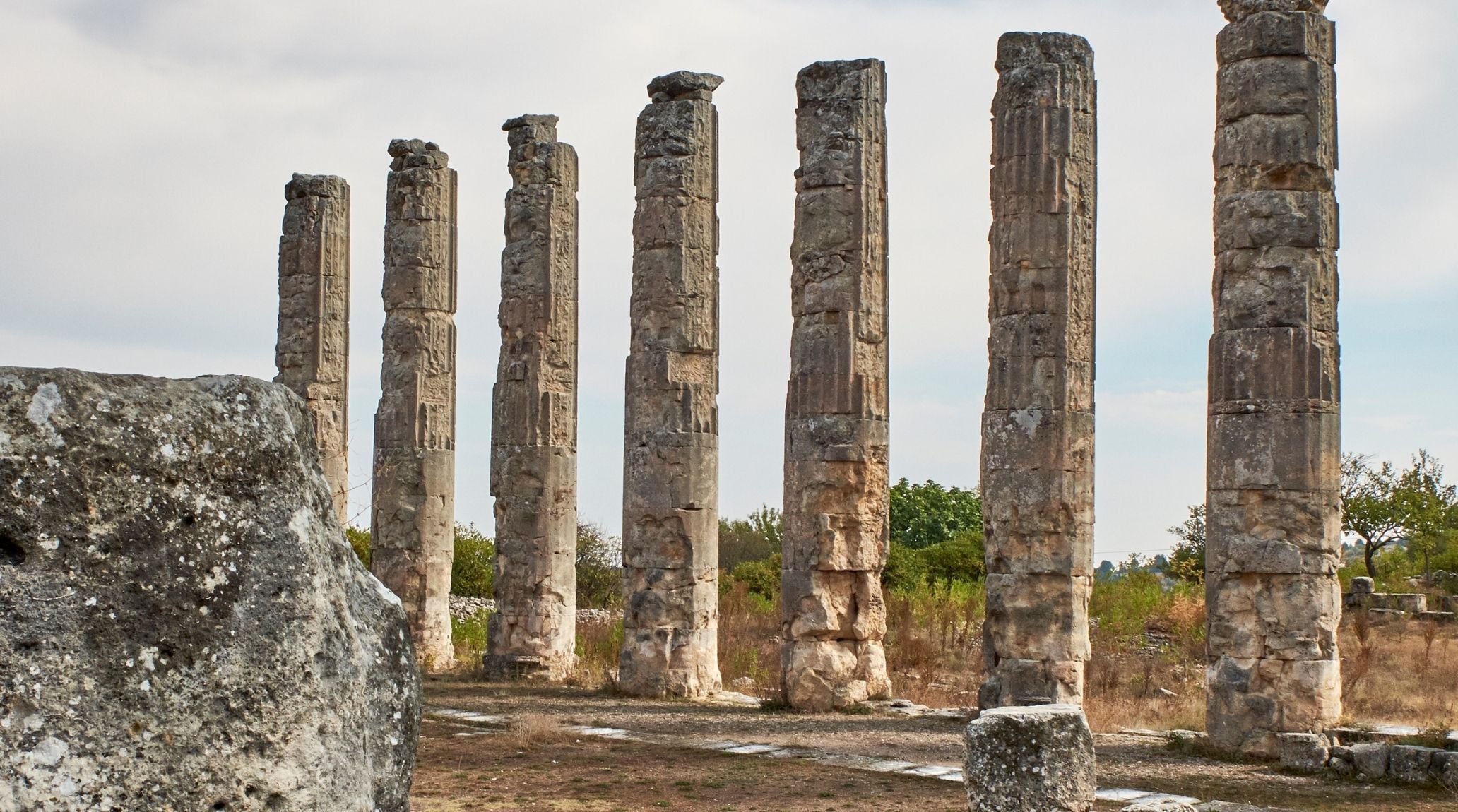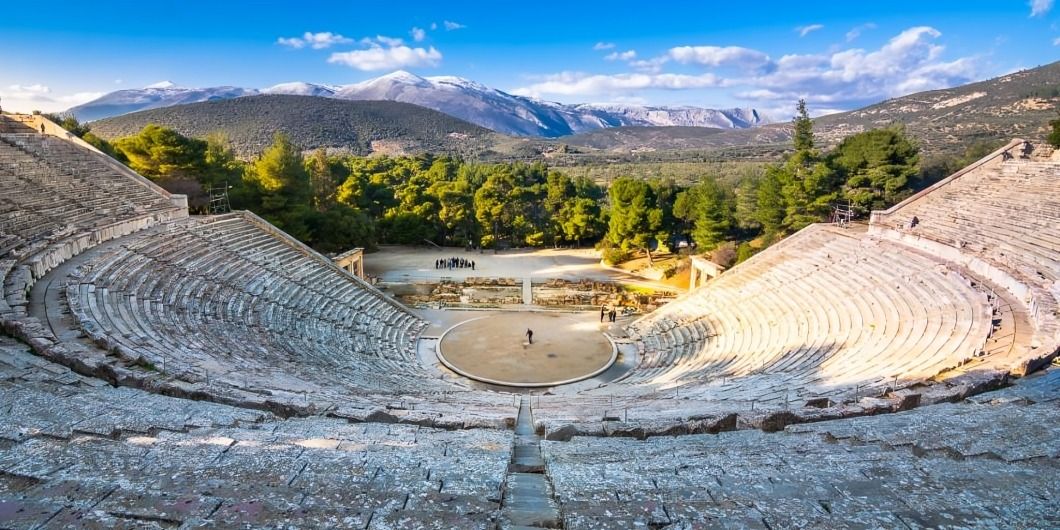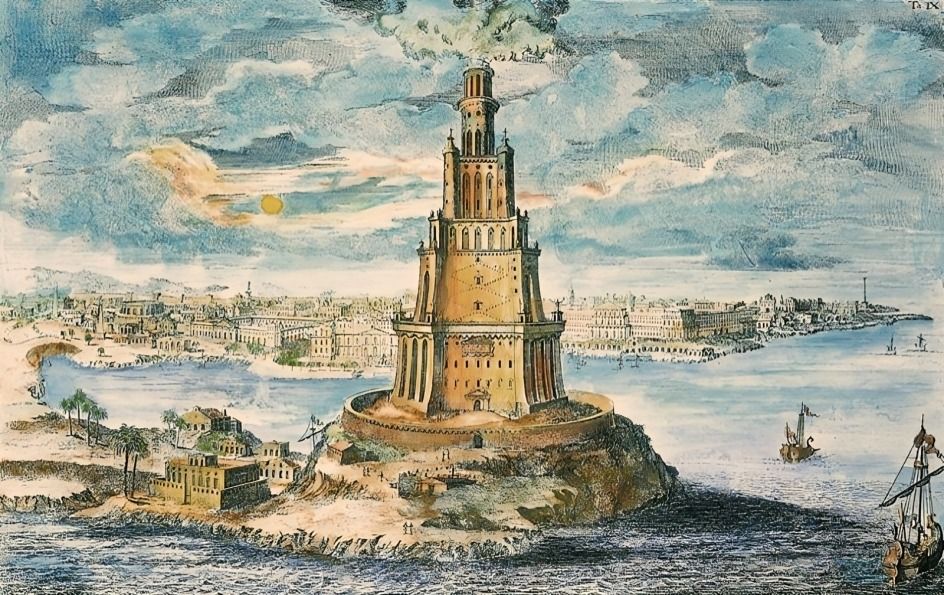
“
Delve into the Fascinating Facts About the Hellenistic Period and uncover the rich tapestry of this transformative era. In this blog, we explore 20 intriguing facts that highlight the cultural, historical, and intellectual impact of the Hellenistic Period, offering a deeper understanding of its lasting legacy on the ancient world.1
1
”
The Hellenistic Period began after the death of Alexander the Great in 323 BCE, when his vast empire fractured, leading to the rise of Greek-influenced kingdoms that blended cultures from Egypt, Persia, and beyond.1
Alexandria in Egypt, founded by Alexander, became the intellectual capital of the ancient world. Its famed library housed hundreds of thousands of scrolls, attracting scholars from around the world to study science, literature, and philosophy.2
The Colossus of Rhodes, one of the Seven Wonders of the Ancient World, was built during this time. Standing over 100 feet tall, this massive statue symbolized the unity of the island of Rhodes after a victorious battle.3
Hellenistic art shifted from idealized forms to more naturalistic and emotional representations. Sculptures like the "Laocoön and His Sons" vividly depicted human suffering, reflecting a new interest in individual emotions and experiences.4
The Hellenistic Period saw the rise of Stoicism and Epicureanism, two influential philosophies. Stoics emphasized self-control and virtue, while Epicureans pursued happiness through simple pleasures and the avoidance of pain.5
The Hellenistic kings, particularly the Ptolemies of Egypt, blended Greek and Egyptian traditions. Ptolemaic rulers adopted the title of Pharaoh and were depicted in Egyptian art, creating a unique fusion of cultures.6
The period was marked by advances in science and technology. Eratosthenes, a Hellenistic scholar, accurately calculated the Earth's circumference using simple geometry, a feat that stunned the ancient world.7

Hellenistic theaters became massive architectural feats. The theater of Epidaurus, known for its perfect acoustics, could seat up to 14,000 people, showing how the arts flourished and attracted huge audiences.
During the Hellenistic Period, the first anatomical studies were conducted in Alexandria. Herophilos, a Greek physician, performed dissections on human cadavers, pioneering discoveries in medicine and biology.8
Hellenistic cities like Antioch and Pergamon became cultural hubs, known for their grand libraries, temples, and universities. These cities nurtured scholars and artists, making significant contributions to architecture and urban planning.9
The Hellenistic military saw the development of advanced siege techniques. The Macedonian phalanx was combined with siege towers and catapults, allowing armies to conquer fortified cities with greater ease.10
Hellenistic astronomy made groundbreaking strides. Hipparchus, a Greek astronomer, accurately measured the distance between Earth and the Moon, and even created the first star catalog of the western world.11
The Hellenistic Period was one of the first eras to promote cosmopolitanism. People from different regions, languages, and religions coexisted in cities like Alexandria, influencing each other in ways that reshaped society.12
The mystery cults of the Hellenistic Period, particularly the cult of Isis, gained widespread popularity. These cults promised personal salvation and an afterlife, offering spiritual solace during times of political instability.13
Hellenistic sculptures like the Venus de Milo blended Greek ideals of beauty with a more sensual and dynamic style. This iconic statue, discovered on the island of Milos, remains one of the world’s most admired works of art.14
Hellenistic monarchs often styled themselves as divine rulers. Ptolemy I of Egypt declared himself a living god, merging Greek and Egyptian religious beliefs to legitimize his rule and strengthen his dynasty’s grip on power.15

The Lighthouse of Alexandria, another of the Seven Wonders, was built during the Hellenistic Period. Standing over 350 feet tall, it guided sailors safely to harbor and symbolized the maritime strength of the era.
The Hellenistic world saw the introduction of the first "multicultural" empires, where Greek culture mixed with local traditions in regions as far-flung as Bactria, creating a diverse and vibrant society.16
The Hellenistic ruler Antiochus IV famously desecrated the Jewish Temple, leading to the Maccabean Revolt. This conflict is still commemorated today in the Jewish holiday of Hanukkah, a testament to its historical impact.17
Trade expanded dramatically in the Hellenistic Period, linking the Mediterranean with India and China. This era's trade routes set the stage for later global exchanges, spreading Greek ideas far beyond their original borders.18


